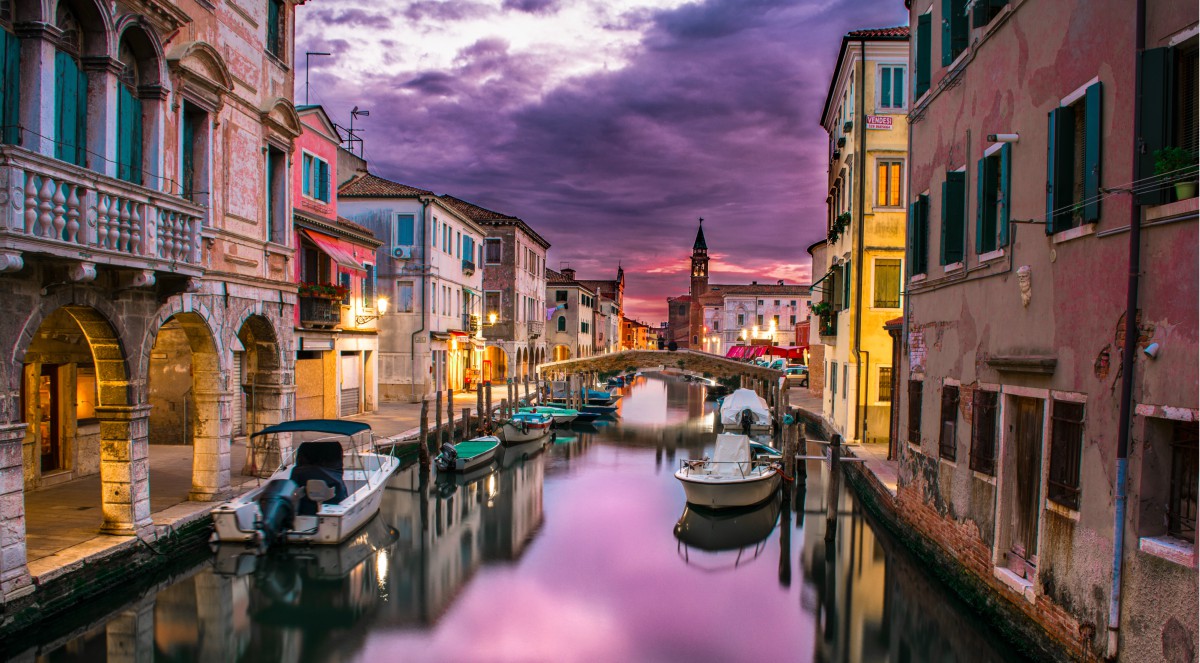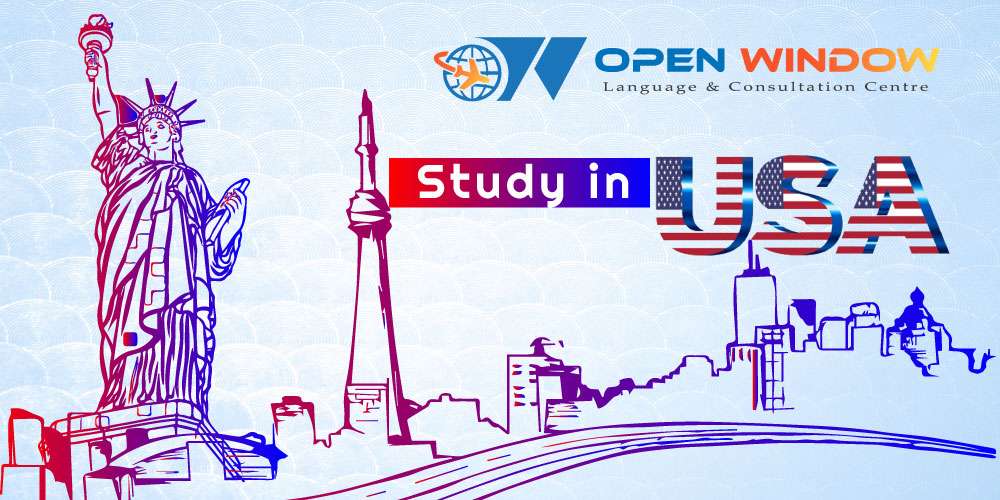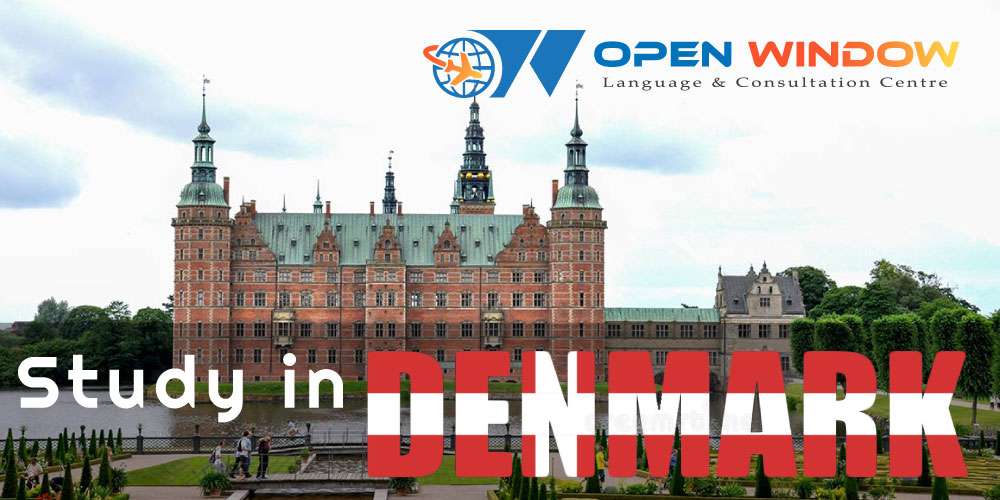Study in Italy
Study in Italy . Italy is a popular destination for international students seeking to pursue higher education. The country has a long history of excellence in education, with some of the oldest and most prestigious universities in the world located in Italy.
There are over 90 universities in Italy, both public and private, offering a wide range of courses in fields such as engineering, humanities, medicine, art, design, and economics. Italian universities offer Bachelor’s, Master’s, and PhD programs in Italian and English.
In order to study in Italy, international students will need to obtain a study visa and a residence permit. The application process for these documents can be quite lengthy, so it is recommended that students start the process well in advance of their planned arrival in Italy.
Tuition fees in Italy are relatively low compared to other European countries, and many universities offer scholarships and grants to international students. The cost of living in Italy can vary depending on the city, with major cities like Rome and Milan being more expensive than smaller towns.
Italy is known for its rich cultural heritage, delicious cuisine, and beautiful landscapes, making it an ideal destination for students who want to combine their academic pursuits with a unique cultural experience.
Why Study in Italy?

1. Italian universities are affordable
When compared to their Western counterparts, Italian public universities are incredibly affordable. If you come from an EU/EEA country, you won’t pay more than 4,000 EUR per year, and you can easily find much cheaper study programmes.
Non-EU/EEA citizens enjoy the same tuition rates in some cases, but in others they do pay more — which is why you should always check what tuition applies to students from your country.
2. Impressive higher education experience
The University of Bologna is the oldest university in Europe, having been established in 1088. That means it is almost 1,000 years old and still alive and kicking today!
Bologna is also the name of the process used by the European Higher Education Area (EHEA) to create a more coherent, uniform, and attractive education system.
Many European countries follow this system. If you study at one university implementing it, your diploma will be recognised in any other country that’s part of the programme.
All in all, we’d say that Italy knows a thing or two about higher education and has a long and rich experience in this field.
3. Italy is at the forefront of fashion and architecture
One visit to Italy is enough to understand why it is considered a leader in terms of fashion, arts, and architecture. Milan is the stand out city, as one of the 4 fashion capitals of the world.
As for architecture, going through the charming Italian cities will reveal to you the beauty and unique style of buildings, which seem to have been lost in the process of developing the modern architecture.
4. Enjoy the Mediterranean climate
The warm sun, the sea breeze, the tasty fruits and vegetables — all are essential elements of the Mediterranean lifestyle, which is highly regarded for its health and wellness benefits.
Sardinia, for example, is one of the few “Blue Zones” in the world, where people often reach over 90 years of age.
5. Visit amazing and time defying historic sites
When you’re not in classes, take the time to visit some of the oldest and most impressive historic sites in Europe. From the Colosseum to the Pantheon, from the Valley of the Temples to Ostia Antica — all these places still carry their aura of former glory, an aura that can still be felt and explored nowadays.
How to Apply in Italy
If you’ve decided to study at a university in Italy, you will have to gather the right documents to prove that you fit the university requirements. Provide complete personal information, previous qualifications, financial information, and a personal statement.
What documents do I need to provide to apply in Italy?
You don’t really have to worry about documents in Italy. Although they might seem a lot, getting the documents will be easier that it sounds. You will need:
- Your ID;
- A photo, passport style;
- Your academic transcripts;
- The university application form, completed very carefully;
- A detailed description of what you studied and how many hours you studied it;
- Your CV;
- A letter of recommendation;
- A letter of motivation;
- A language proficiency test (English or Italian, depending on what you study);
- Your SAT or ACT scores.
Of course, students who go to study Architecture or any other Design Master’s programme, will need to prepare a portfolio.
Prove your English or Italian skills

Master’s degrees in Italy can be found both in English and Italian, so, depending on what you choose, you will have 2 different types of proficiency diplomas you will have to provide.
For Italian, you should present:
- CILS
- CELI
For English, you should present:
- TOEFL
- TOEIC
- IELTS
- Cambridge
Application deadlines for Italy
The deadlines in Italy vary depending on the institution, programme, your nationality, and so on.
But we managed to find a rather common trend within the dates, so pay attention to:
- November 1st to April 15th – open applications for non-EU students;
- November 1st to September 1st – open applications for EU students.
Still, always check! And, remember, the sooner you start applying, the better.
Living in Italy

Let’s take a closer look at tuition and living expenses in Italy:
Tuition fees in Italy
Tuition fees in Italy vary wildly, depending on your nationality, the type of university (public vs private), or whether you arrive with an ERASMUS scholarship or not.
On average:
- Tuition fees at public universities range between 0–5,000 EUR/year
- Tuition fees at private universities range between 3,000–35,000 EUR/year
Some of the most expensive disciplines are Medicine, Engineering, and Technology. Also keep in mind that if you’re not from the EU/EEA, you can expect to pay much higher tuition fees at public universities.
Accommodation, food, and other expenses
Italy is one of the cheapest countries in Central Europe. For accommodation, transportation, food, and entertainment, a student would need around 700–1,000 EUR per month. Larger cities can be more expensive.
Here’s a breakdown of the average living costs in Italy:
- Rent: 300–700 EUR/month
- Utilities: 170–200 EUR/month
- Monthly transport pass: 35 EUR
- A meal in a restaurant: 15 EUR
- A loaf of bread: 1.60 EUR
- Milk: 1.15 EUR
Work while studying in Italy

International students in Italy are allowed to work part-time while they study, subject to certain conditions. Non-EU students who have a valid residence permit for study purposes can work for up to 20 hours per week during the academic year and full-time during university holidays.
There are a few things that students need to keep in mind when seeking part-time work in Italy. Firstly, they need to have a good knowledge of Italian, as most job opportunities will require some level of fluency in the language. Secondly, students should not rely on part-time work to finance their studies, as the income from such jobs may not be sufficient to cover all expenses.
Most part-time job opportunities for international students in Italy are in the service sector, such as in bars, restaurants, hotels, and retail stores. There may also be opportunities to work on campus, such as in the library, administrative offices, or as a teaching assistant.
It’s important to note that working while studying in Italy should not interfere with the student’s academic performance. They should make sure they have enough time to attend classes, study and complete assignments.
International students who are considering working in Italy should consult with their university’s international office or career services center for advice on finding part-time work and obtaining the necessary permits.
Italy At a Glance
| Course Duration | Intake | Application Fee | Requirements |
| 3 Years (Bachelors) 1 Year (Masters) | January, May, October | 30 To 150 (EUR) | IELTS Waiver Possible, Academics-Above 55% |
| Language Proficiency | Tution Fee (Yearly) | Living Cost (Yearly) | Visa Application |
| IELTS- 6+, TOEFL-70+, PTE-50+, Waiver Possible | 1200 To 20000 (EUR) | 8000 To 10000 (EUR) | 50 (EUR) |
| Air Ticket | Processing Time | Part Time Work | Post Study Work Permit |
| 60000 To 90000 (BDT) | 4-6 Months | 20 Hrs (per Week) | 6 Months |
Our Affiliated University List
| Sr No | University Name | City |
| 01 | Istituto Marangoni Fashion and Design School | Milan and Florence Campus |
| 02 | Nuova Accademia di Belle Arti (NABA School) | Milan |
| 03 | Domus Academy | Milan |
| 04 | Scuola Politecnica di Design – SPD | Milan |
| 05 | John Cabot University | Rome |
| 06 | Raffles Milano- Instituto Moda e Design | Milan |




Pingback: The Flow Decree for 2023 - Openwindow
Pingback: Seasonal Worker Visa (Temporary Work) - Openwindow